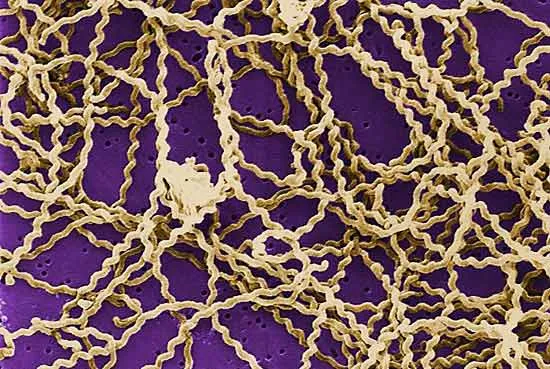Leptospirosis has emerged as an important infectious disease in the world which tends to have large outbreaks after heavy rainfall or flooding.
About Leptospirosis:
- It is a potentially fatal zoonotic bacterial disease.
- The disease is caused by a bacterium called Leptospira interrogans, or Leptospira.
- It is more prevalent in warm, humid countries and both urban and rural areas.
- It is a contagious disease in animals but is occasionally transmitted to humans in certain environmental conditions.
- The carriers of the disease can be either wild or domestic animals, including rodents, cattle, pigs, and dogs.
- The cycle of disease transmission begins with the shedding of Leptospira, usually in the urine of infected animals.
- According to the U.S. Centres for Disease Control and Prevention, infected animals can continue to excrete the bacteria into their surroundings for a few months, but sometimes up to several years.
- Leptospirosis may occur in two phases:
- After the first phase (symptoms: fever, chills, headache, muscle aches, vomiting, or diarrhoea) the patient may recover for a time but become ill again.
- If a second phase occurs, it is more severe; the person may have kidney or liver failure or meningitis.
- It can be treated with antibiotics.




